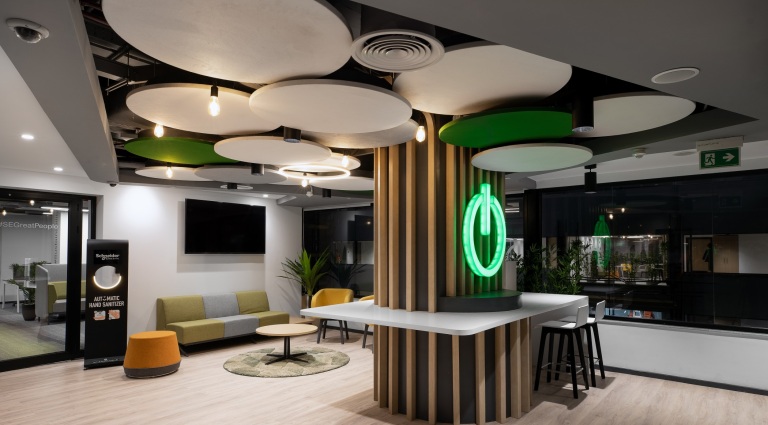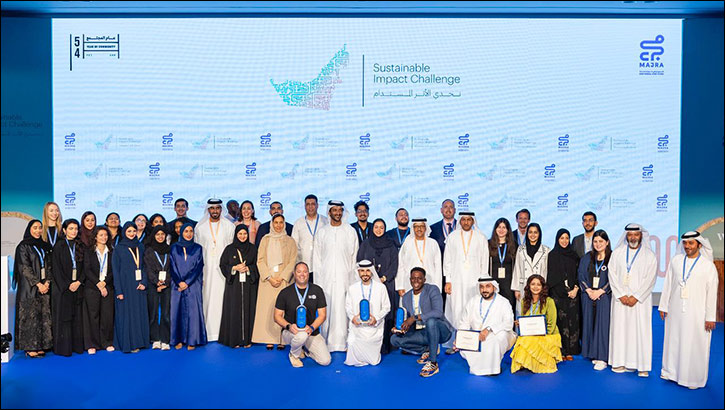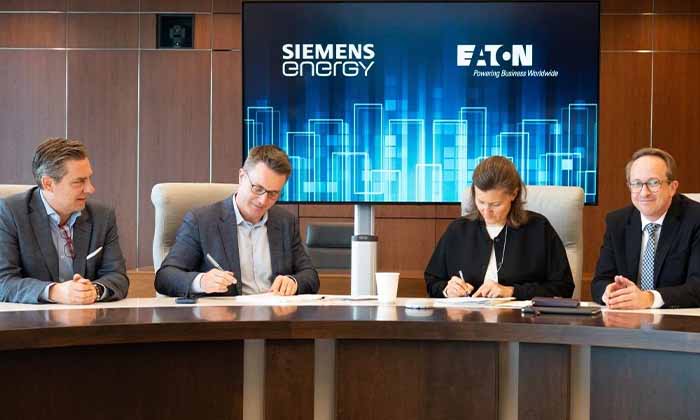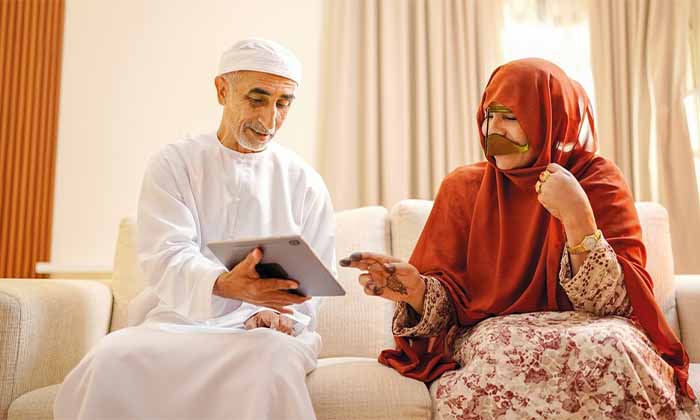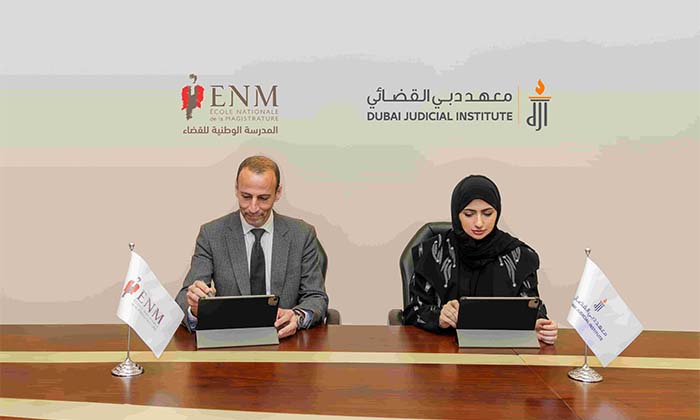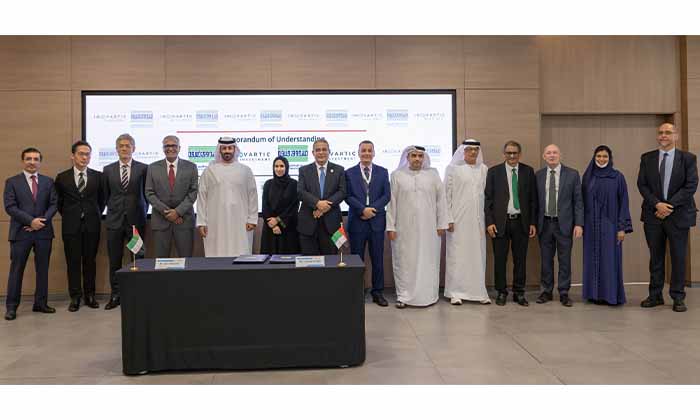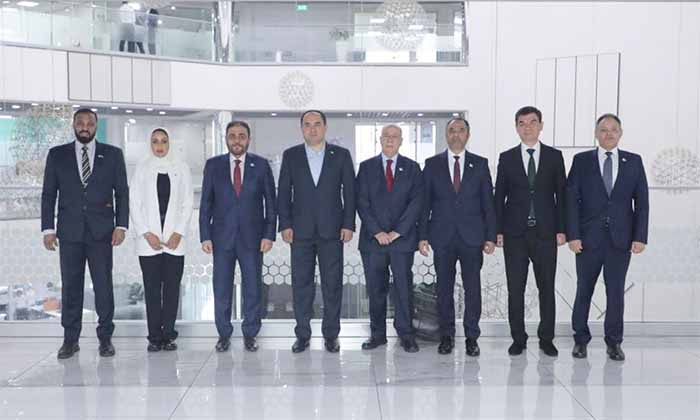Schneider Electric NEAL’s refurbished headquarters in Cairo is the first in the Middle East and Africa to receive the Gold Award for the Best Smart Design under the LEED (Leadership in Energy and Environmental Design) v4 Interior Design and Construction: Commercial Interiors rating system.
LEED launched in 1998 and is one of the most prestigious awards that is issued by the US Green Building Council (USGBC), according to the international standard for the design, construction, and operation of high-performance green buildings.
“At Schneider Electric we take pride in our commitment to solutions that achieve the highest levels of sustainability, which led to our ranking as first in the annual “Corporate Knights” index of the 100 most sustainable companies in the world,” explained Eng. Walid Sheta, Schneider Electric’s Zone President for Middle East & Africa.
“In line with the National agenda of the Egyptian government, our strategy qualified us to obtain the gold award to become the most sustainable company in the world. Our equipment & innovative products contributed to 4 main pillars: Energy and Atmosphere, Indoor Environmental Quality, Innovation and Regional Priority scoring 45 out of 70 points. All these parameters made our headquarter the leading model in energy and environmental design,” Eng. Sheta added.
“The LEED Gold Award is an achievement that we reached after long efforts that lasted for 18 months and is still in progress. This accomplishment comes in accordance with our vision and our sustainable development strategy,” said Eng. Tarek Fahmy, GSC MEA Real Estate Lead. “The award was based on multiple criteria including project design phase, procurement, implementation, testing & commissioning,” added Eng. Fahmy.
Additionally, obtaining the LEED certificate provides positive benefits including a framework for green buildings that are healthy, highly efficient, and cost-effective. As an outcome of implementing these standards, buildings are less polluting to the environment, the quality of air indoor is much cleaner due to the use of innovative ventilation systems using CO2 sensors, lower utility costs with designs that reduce water and electricity consumption, lower waste treatment costs with recycling and composting programs, and finally, a better-performing climate for employees working in LEED-certified buildings.
– End–
